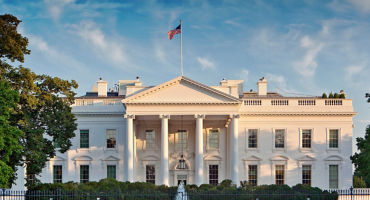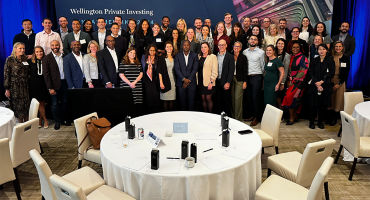The recession risk question
The pressing question is whether the current global economic slowdown is temporary or a sign of a deeper global recession. On balance, we think it probably marks an economic “pause” rather than the onset of a protracted recession. If we are right, the global cycle should begin to bottom later this year, followed by a gradual upturn in economic activity. Decelerating global growth and easing supply bottlenecks will temporarily lower monetary policy tightening expectations. However, strong developed economy labor markets and activist fiscal policies to support global demand could keep structural inflation stubbornly higher.
- The US: Growth is slowing on the back of less accommodative US Federal Reserve (Fed) monetary policy and correspondingly tighter financial conditions. However, upside risks remain from excess household savings, sharply rising credit growth, state and local fiscal easing measures, and the recent passage of federal spending packages. Something to watch for amid this particular cycle will be the US corporate attitude toward labor. Until the labor market cools, and/or inflation moves decisively lower, the Fed will likely stay vigilant to guard against the risk of an upward wage-price spiral.
- Europe and Japan: As global recession fears rise in the period ahead, we think there will likely be policy responses designed to combat the threat to national economies, which in many countries will take the form of even more aggressive fiscal stimuli, especially in Europe and Japan. That, in turn, could amplify inflationary concerns in both regions.
- China: China’s economic cycle is likely to be erratic going forward, characterized by a ”start-stop” dynamic rooted in continued underlying problems in the property sector and (given developed markets’ shifting demand patterns) exacerbated by weakness in the trade-intensive manufacturing sector, along with the country’s still-stringent COVID policy.
Final thoughts
It’s important to note that when global inflation is as elevated as it is these days, there are no guarantees that central banks can orchestrate “soft landings” for their respective economies. However, it’s not impossible.
For example, in the US, barring a meaningful and sustained improvement in labor supply or productivity (not our baseline), the Fed may have to reduce aggregate demand via rate hikes in a more material way to bring inflation back toward its 2% target. A Fed that successfully anchors inflation expectations, in conjunction with well-targeted US fiscal policy, might be able to put the nation’s economy on a path where the inflation rate can normalize without inflicting serious economic damage.
Coming soon
In our follow-up companion blog post, scheduled to publish next week, we will share our thoughts on how investors might position for the potential recession scenario we’ve described here.






















Monthly Market Review — October 2025
Continue readingBy